YM-143 MODEL OF HUMAN DIGESTIVE SYSTEM ( DISSECTABLE)
Life size, The liver and transverse colon can be removed with
stomach dissectible in two parts. Size 12 x 36 x 3” on base.
YM- 143 MODEL OF HUMAN DIGESTIVE SYSTEM
PVG’s Digestive System model is a comprehensive anatomical representation of the human digestive system, designed to provide a detailed understanding of the structure and function of the organs involved in the digestive process.
Made of Fibreglass,all organs differently colored,Stomach and Intestine are removable to show the internal structures.
Anatomical models of PVG INTERNATIONAL come with colorful key cards that give additional depth to studying, and also allow patients to visualize their internal organs. Our digestive system models are often dissectible and feature removable parts or include nearby organs to demonstrate the relationship of each organ and its role in the digestive process.
This Digestive system models ranging from comprehensive Complete G.I Track model to individual kidney models, liver with Gall Bladder models, stomach models, pancreas models, Spleen and intestines, these models are typically used in student training and patient education.
Here are the key features and educational benefits of this Human Digestive System Model:
- Anatomical Representation: This model includes the major organs of the digestive system, such as the oesophagus, stomach, liver, gallbladder, pancreas, small intestine, and large intestine. It aims to showcase the spatial relationships and anatomical features of these organs within the abdominal cavity.
- Educational Tool: This model serves as an essential educational tool for medical students, educators, and healthcare professionals. It enables the study of the digestive system’s anatomy, including the pathways of food, the role of accessory organs, and the overall process of digestion and absorption.
- Pathological Study: In addition to its use in general anatomical education, the digestive system model can be employed for the study of digestive disorders, gastrointestinal diseases, and conditions affecting the organs within the digestive tract. It provides a visual aid for understanding the impact of various pathologies on the digestive system’s structure and function. This makes Doctors an easy way to explain the Patient about the Problem.
- Clinical Relevance: Understanding the spatial relationships and functions of the organs within the digestive system is crucial for medical professionals in fields such as gastroenterology, internal medicine, and surgery. This model helps learners visualize these structures in a clinically relevant context.
The Digestive System model offers a valuable resource for the study of Human Digestive Anatomy, providing a comprehensive and tangible representation of the major organs involved in the digestive process. It supports the exploration of the anatomical relationships and spatial organization of these vital organs, enhancing the understanding of the digestive system’s structure and function.
Be the first to review “YM-143 MODEL OF HUMAN DIGESTIVE SYSTEM ( DISSECTABLE)” Cancel reply
Related products
Anatomical Models
Anatomical Models
Anatomical Models
Anatomical Models
Anatomical Models
Anatomical Models
Anatomical Models

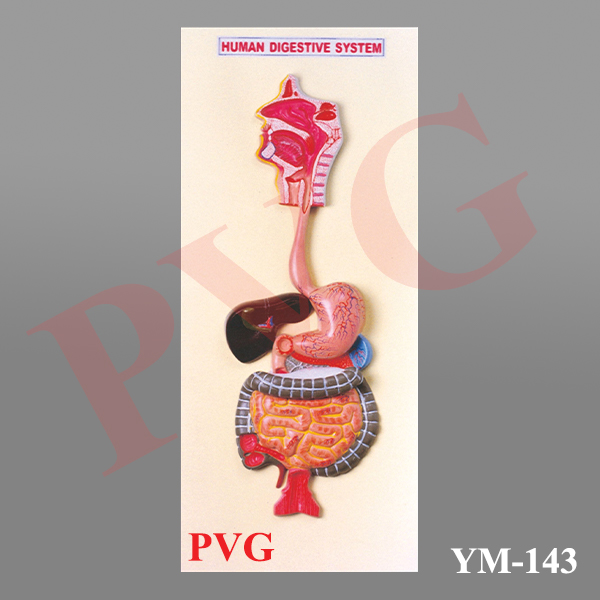

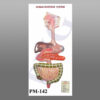




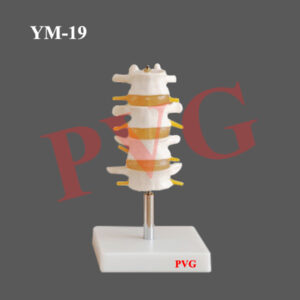
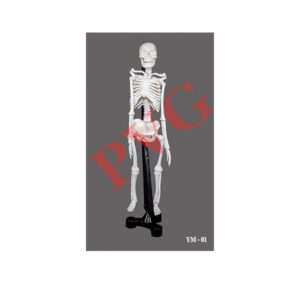
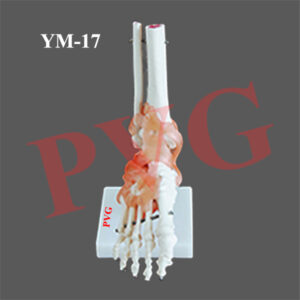

Reviews
There are no reviews yet.